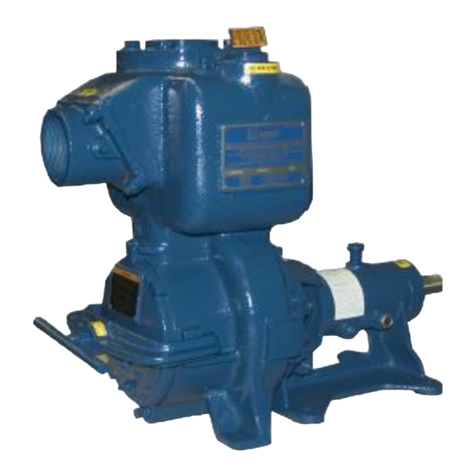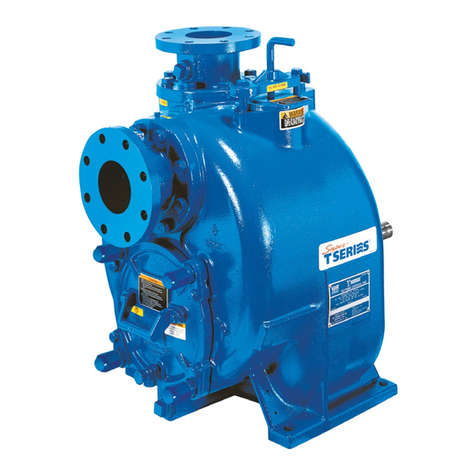GORMAN-RUPP PUMPS 60 Series User manual


















Other manuals for 60 Series
8
This manual suits for next models
7
Other GORMAN-RUPP PUMPS Water Pump manuals
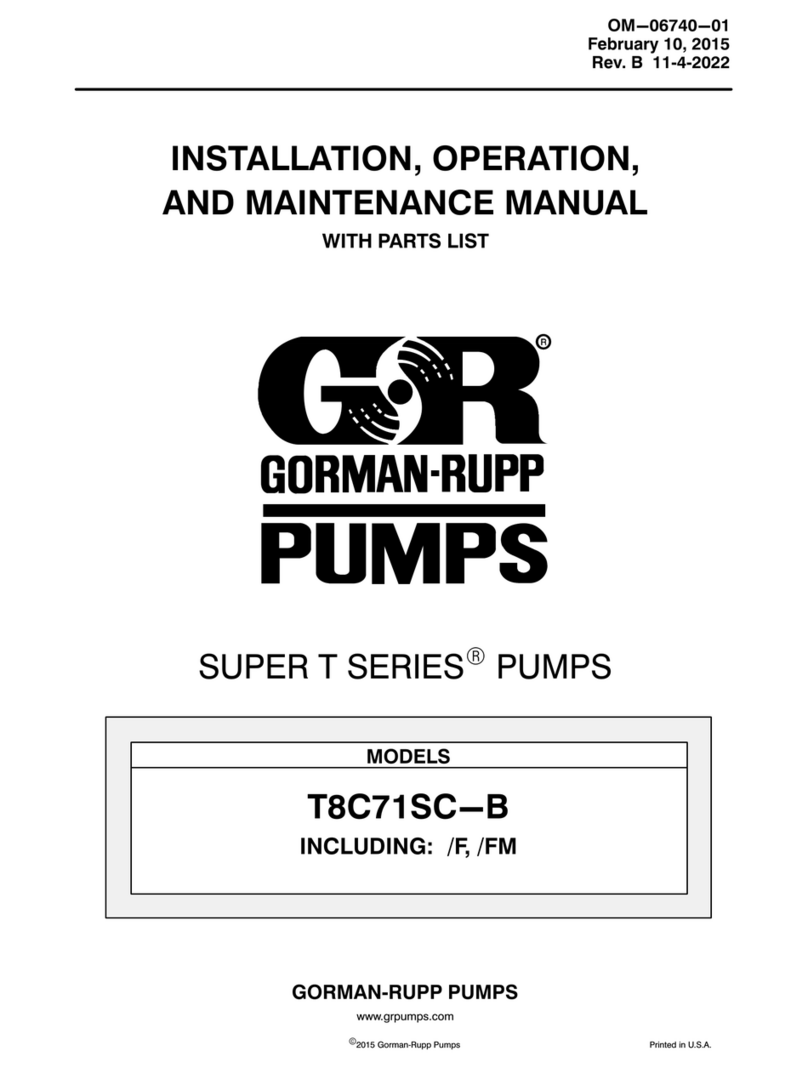
GORMAN-RUPP PUMPS
GORMAN-RUPP PUMPS T8C71SC-B Application guide

GORMAN-RUPP PUMPS
GORMAN-RUPP PUMPS 60 Series Application guide

GORMAN-RUPP PUMPS
GORMAN-RUPP PUMPS 60 Series Application guide
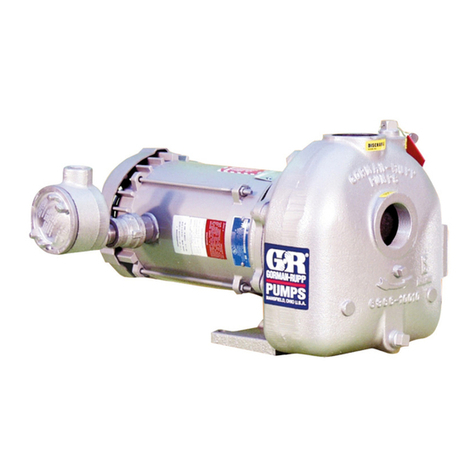
GORMAN-RUPP PUMPS
GORMAN-RUPP PUMPS 02D3-X2 1P Application guide

GORMAN-RUPP PUMPS
GORMAN-RUPP PUMPS T SERIES User manual
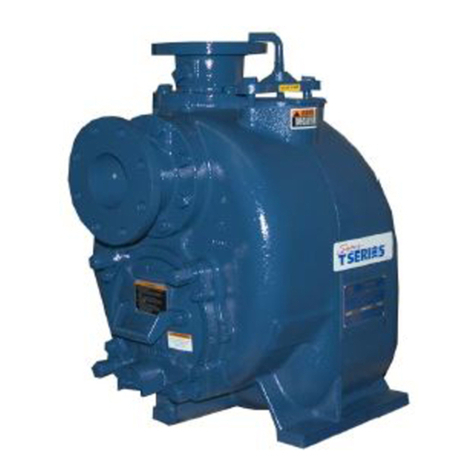
GORMAN-RUPP PUMPS
GORMAN-RUPP PUMPS T4A61S-B Application guide
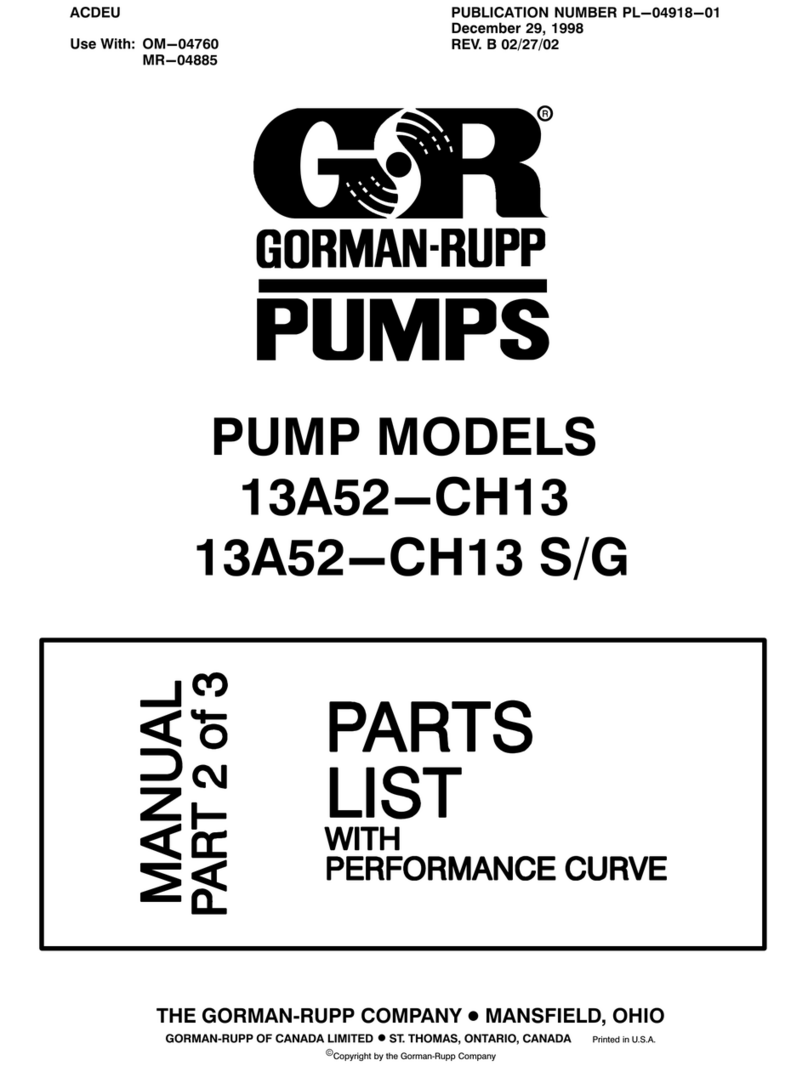
GORMAN-RUPP PUMPS
GORMAN-RUPP PUMPS 13A52-CH13 User manual

GORMAN-RUPP PUMPS
GORMAN-RUPP PUMPS 83A52-B User manual

GORMAN-RUPP PUMPS
GORMAN-RUPP PUMPS U6A60S-B User manual

GORMAN-RUPP PUMPS
GORMAN-RUPP PUMPS JSV3A60-E2.7 200/3 Application guide
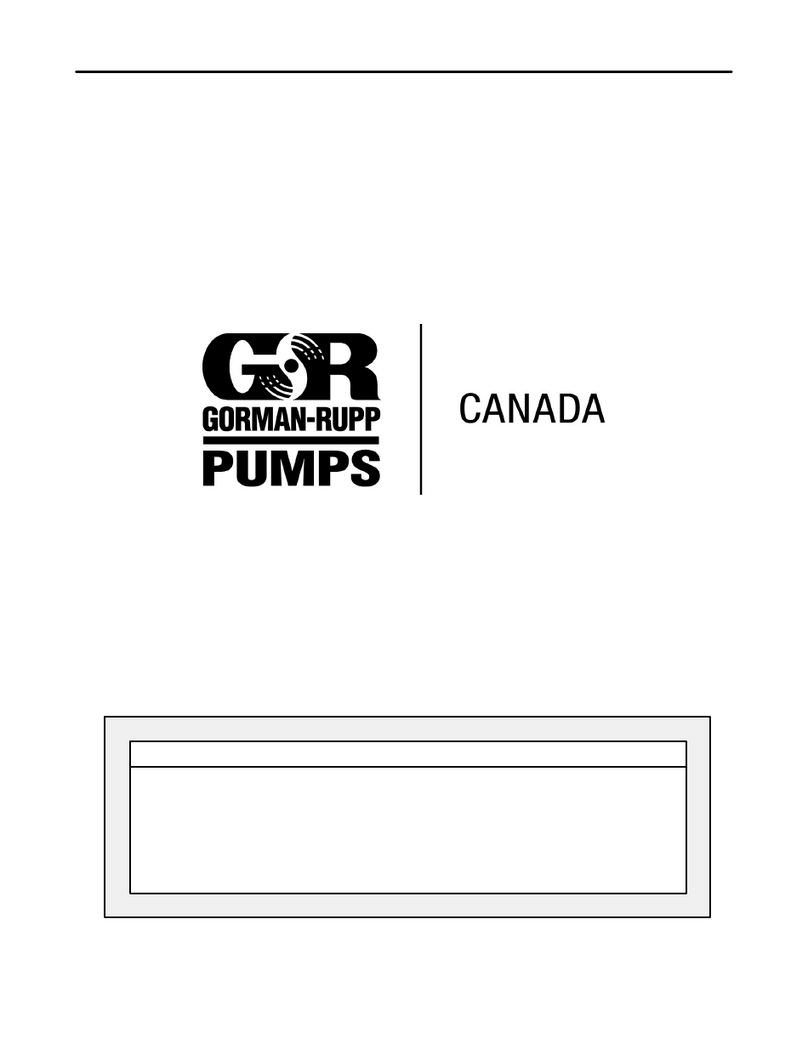
GORMAN-RUPP PUMPS
GORMAN-RUPP PUMPS 02K3-B Application guide

GORMAN-RUPP PUMPS
GORMAN-RUPP PUMPS 03E1-B Application guide

GORMAN-RUPP PUMPS
GORMAN-RUPP PUMPS PA4A60-4024T User manual

GORMAN-RUPP PUMPS
GORMAN-RUPP PUMPS PA Series User manual

GORMAN-RUPP PUMPS
GORMAN-RUPP PUMPS U Series User manual

GORMAN-RUPP PUMPS
GORMAN-RUPP PUMPS 82H2-B Application guide

GORMAN-RUPP PUMPS
GORMAN-RUPP PUMPS 81 1/2B2-B Application guide

GORMAN-RUPP PUMPS
GORMAN-RUPP PUMPS 04B3-F300 Application guide

GORMAN-RUPP PUMPS
GORMAN-RUPP PUMPS PA Series Application guide
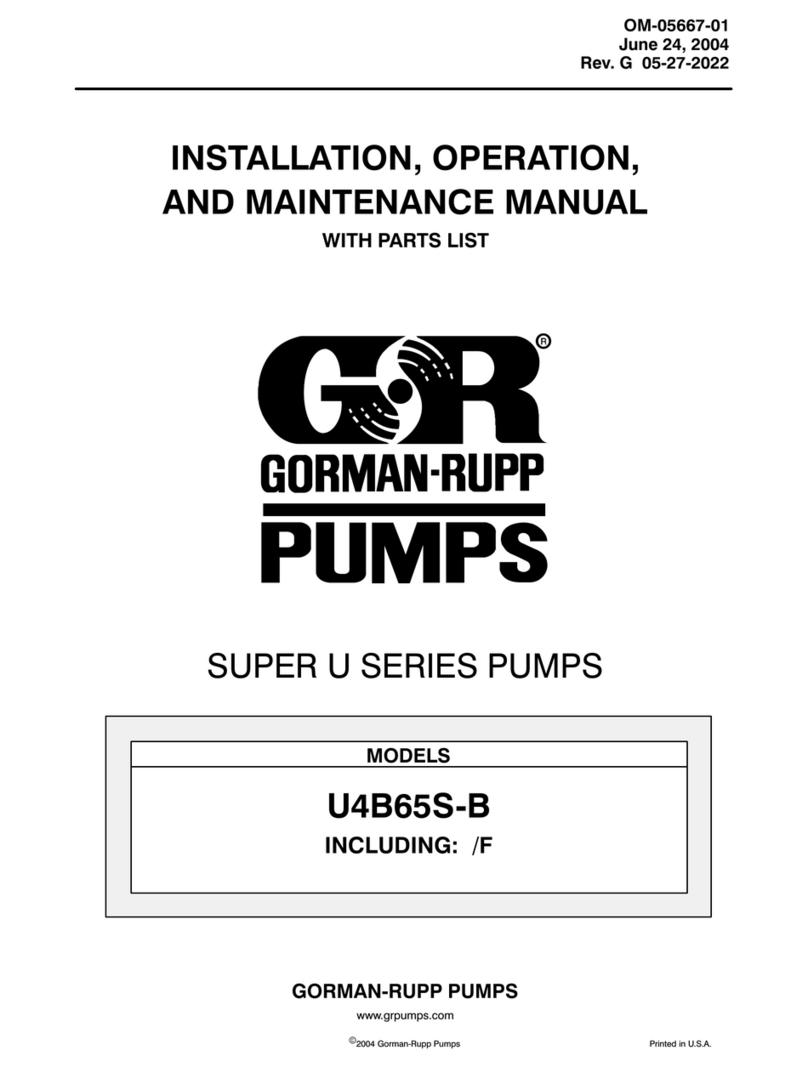
GORMAN-RUPP PUMPS
GORMAN-RUPP PUMPS U4B65S-B Application guide
Popular Water Pump manuals by other brands
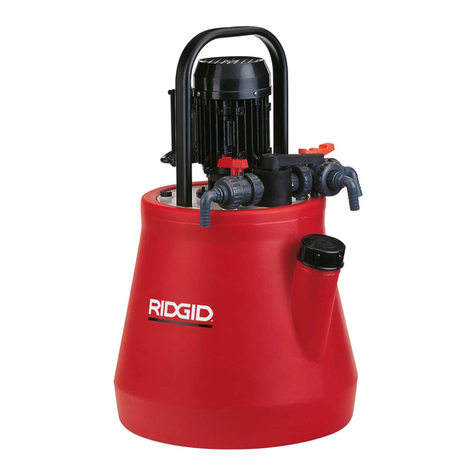
RIDGID
RIDGID DP-24 operating instructions

SAVINO BARBERA
SAVINO BARBERA BS 20 PVDF Installation, use and maintenance manual
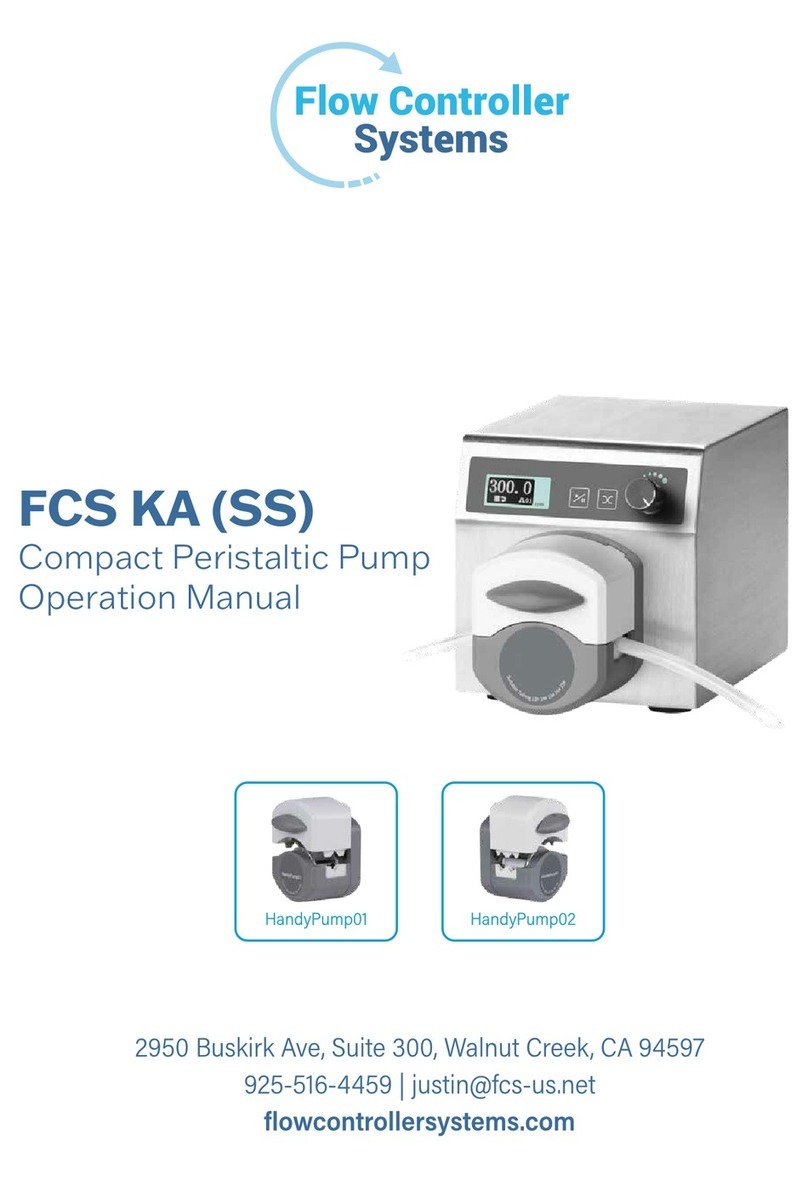
Flow Controller Systems
Flow Controller Systems FCS KA Operation manual

Kärcher
Kärcher SCP 6000 user manual

Stuart Turner
Stuart Turner Stuart Installation, operation & maintenance instructions
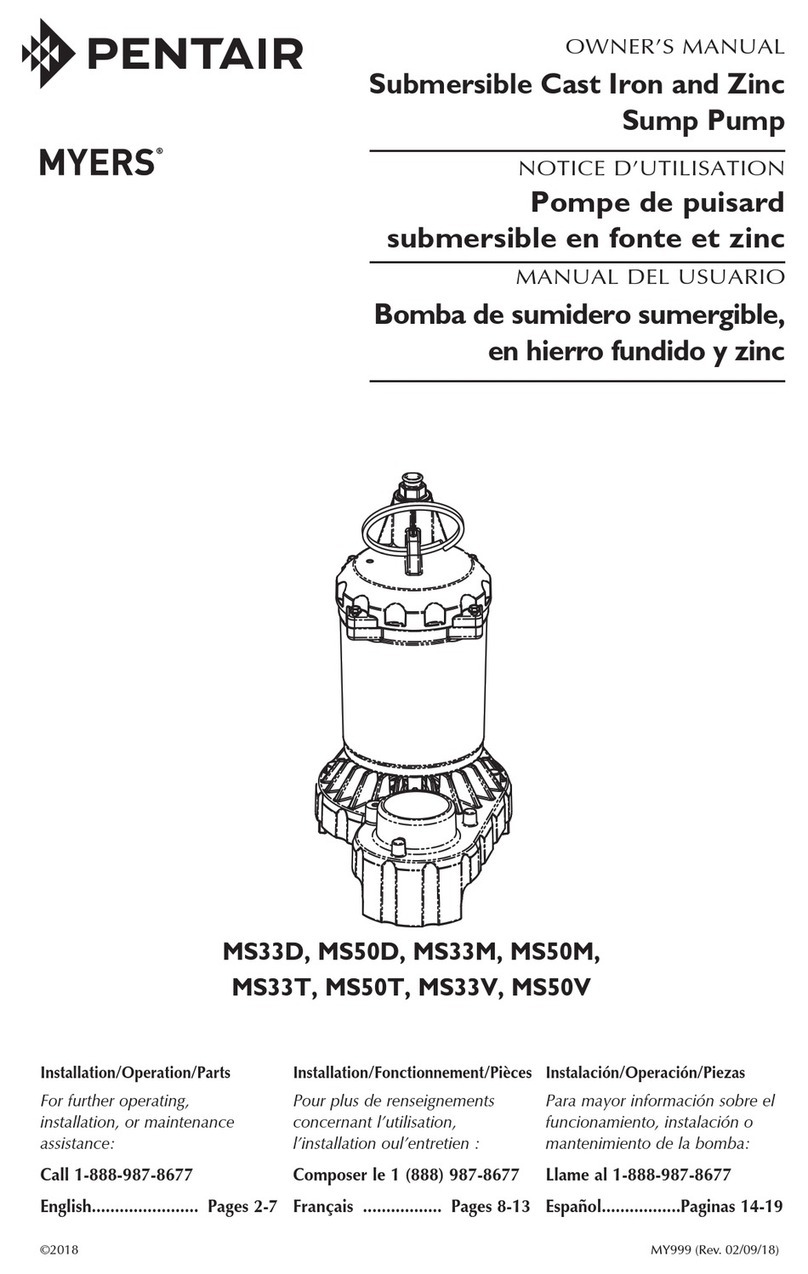
Pentair
Pentair MYERS MS33D owner's manual
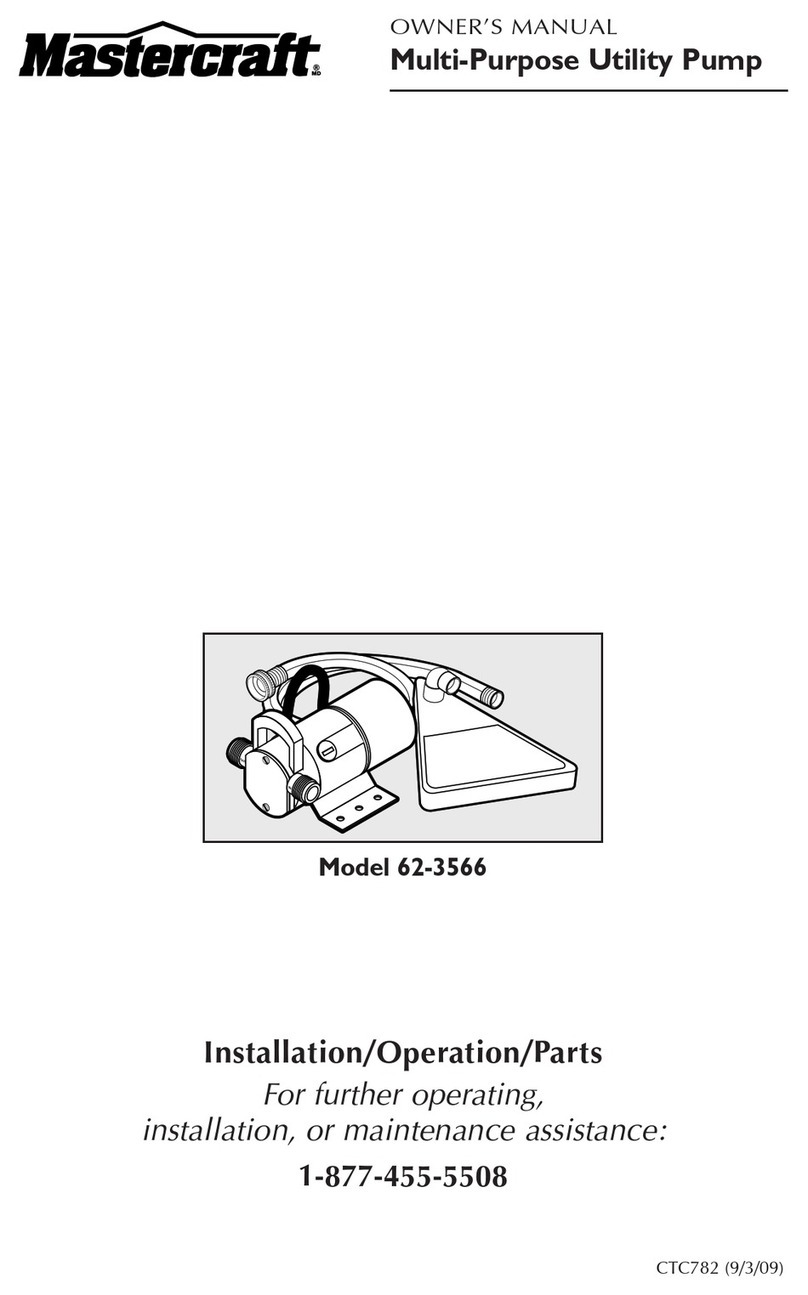
MasterCraft
MasterCraft 62-3566 Installation, operation & parts
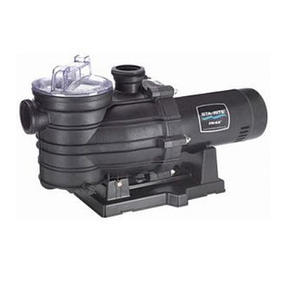
STA-RITE
STA-RITE MPRA6D-146L Installation, operation & parts
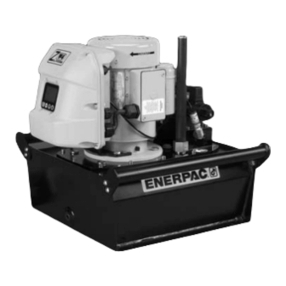
Enerpac
Enerpac ZW3 Series instruction sheet

Frost Italy
Frost Italy UP 300 manual
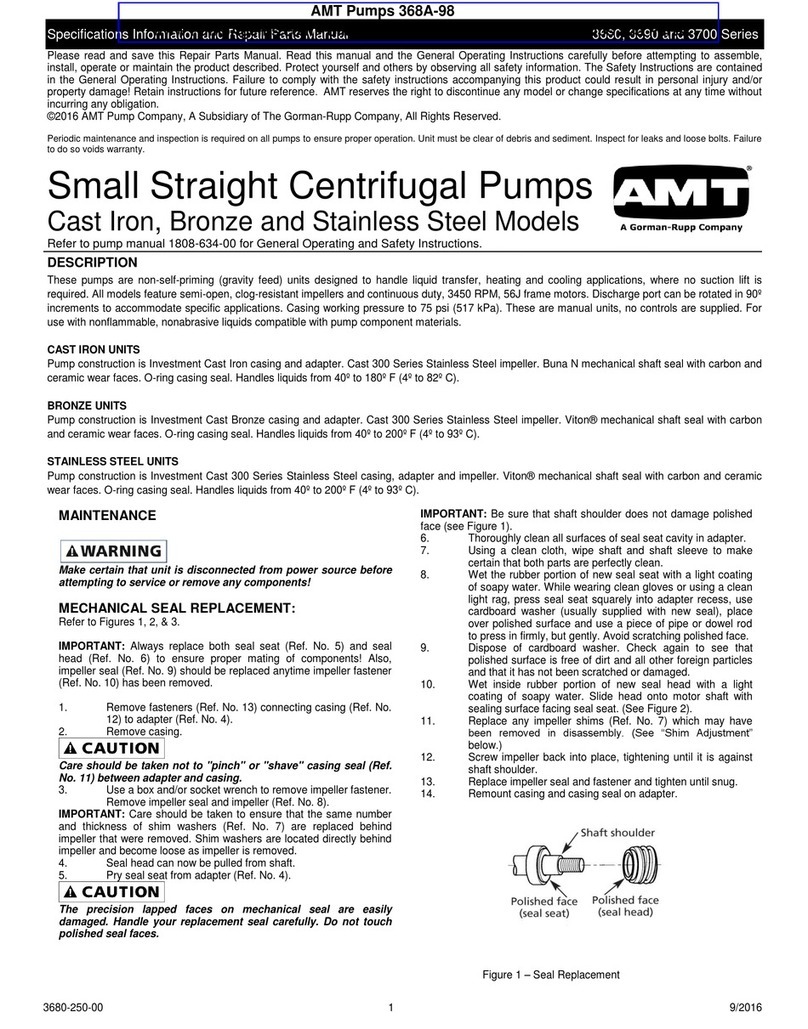
GORMAN-RUPP
GORMAN-RUPP AMT 368A-98 Specifications information and repair parts manual

GORMAN-RUPP
GORMAN-RUPP AMT 547 Series Specifications information and repair parts manual
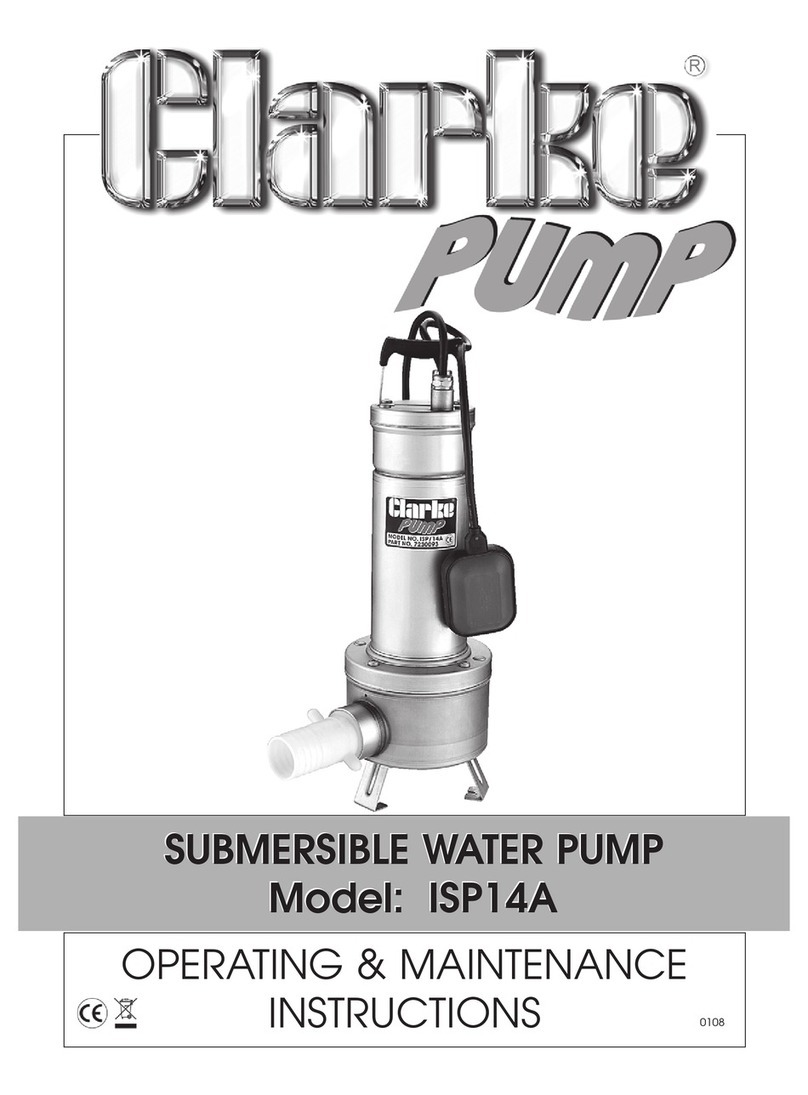
Clarke
Clarke ISP14A Operating & maintenance instructions
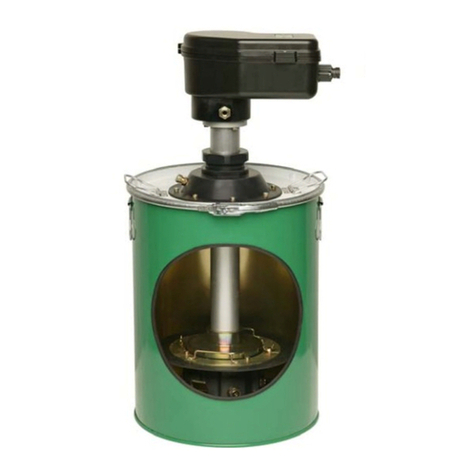
Groeneveld
Groeneveld Twin-3 User instruction

DAYLIFF
DAYLIFF DQ 15F Installation & operating manual
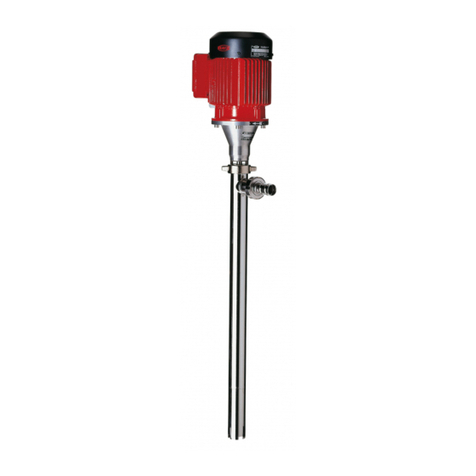
Flux
Flux F 550 S Series Original main operating instructions
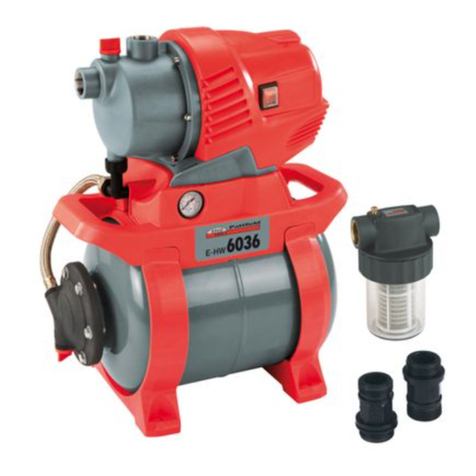
Pattfield Ergo Tools
Pattfield Ergo Tools E-HW 6036 operating instructions

Pentair
Pentair Fairbanks nijhuis 5800 Installation, operation and maintenance
